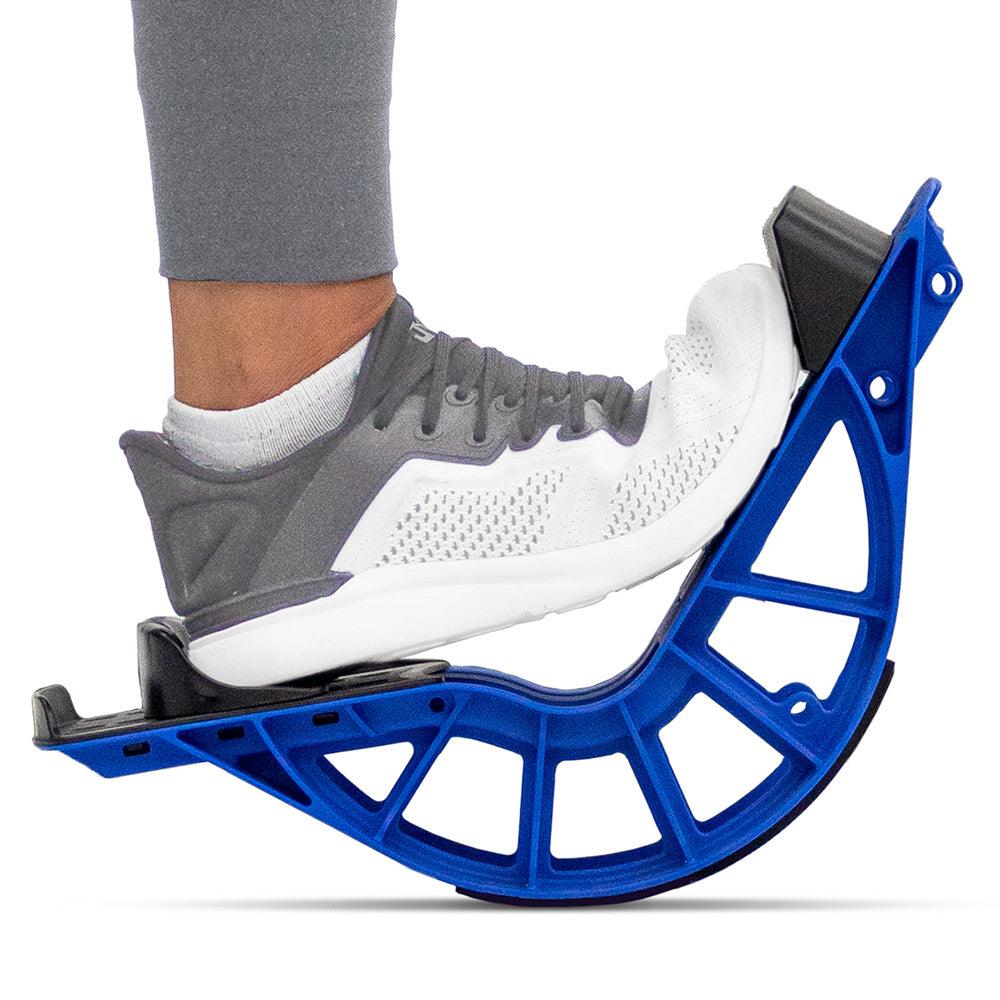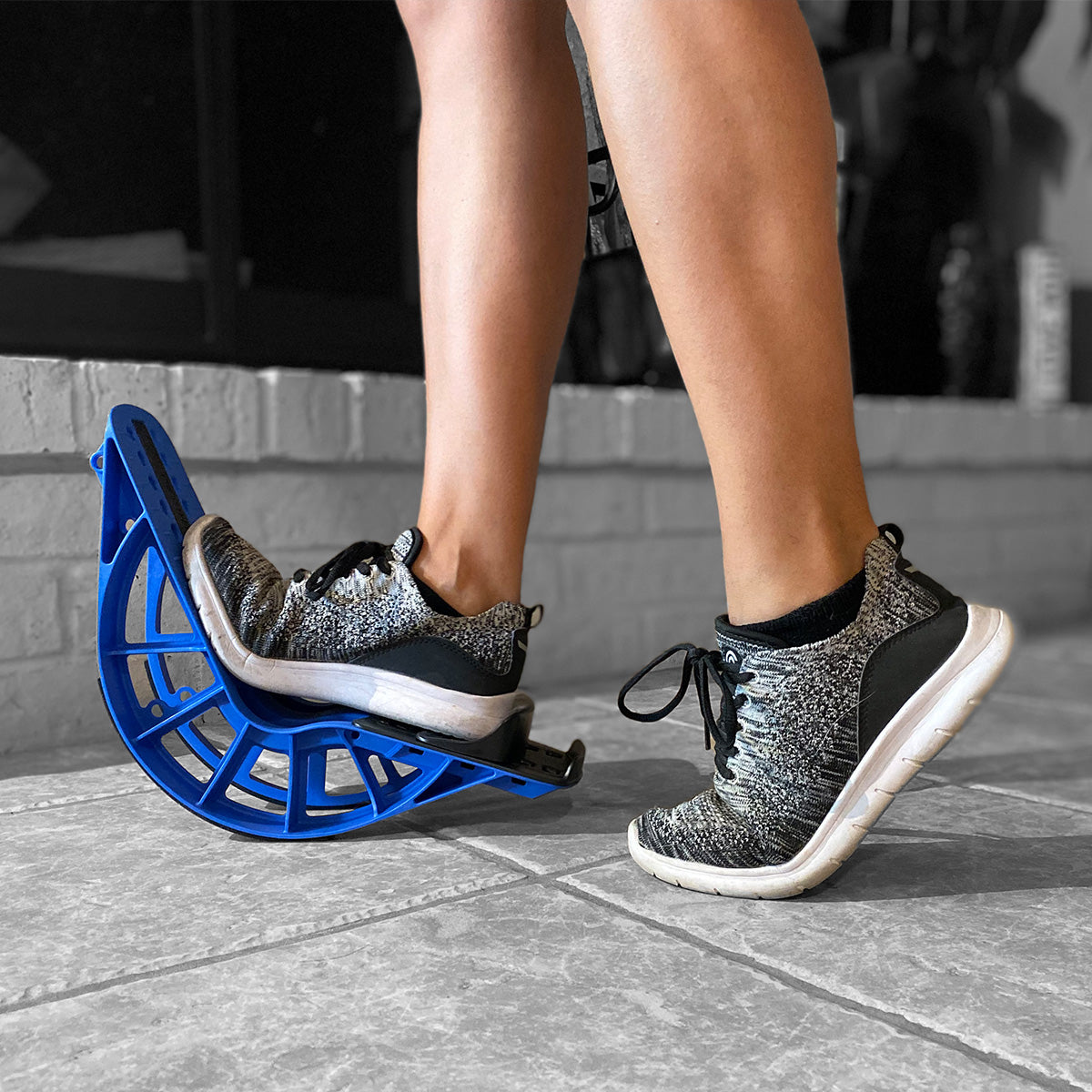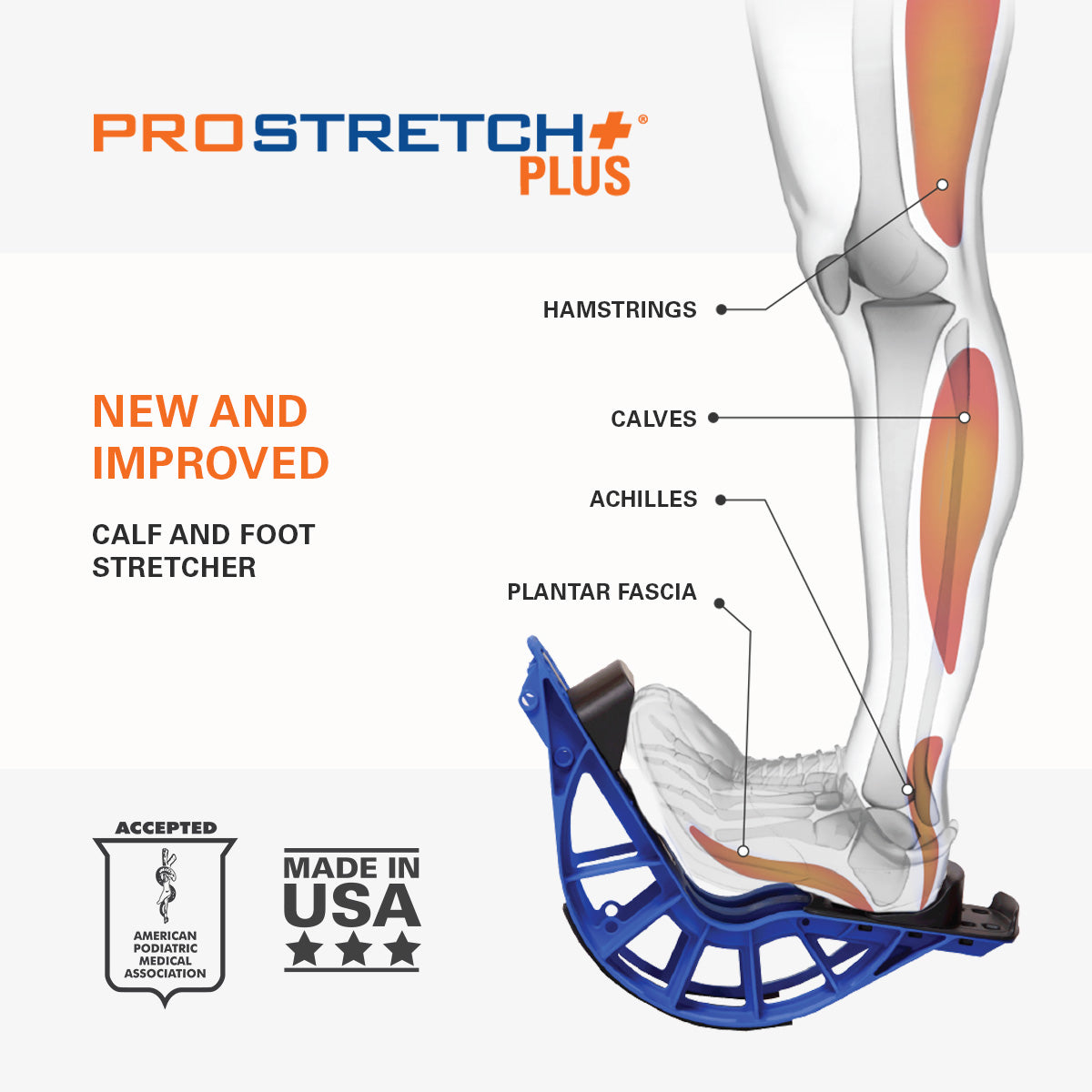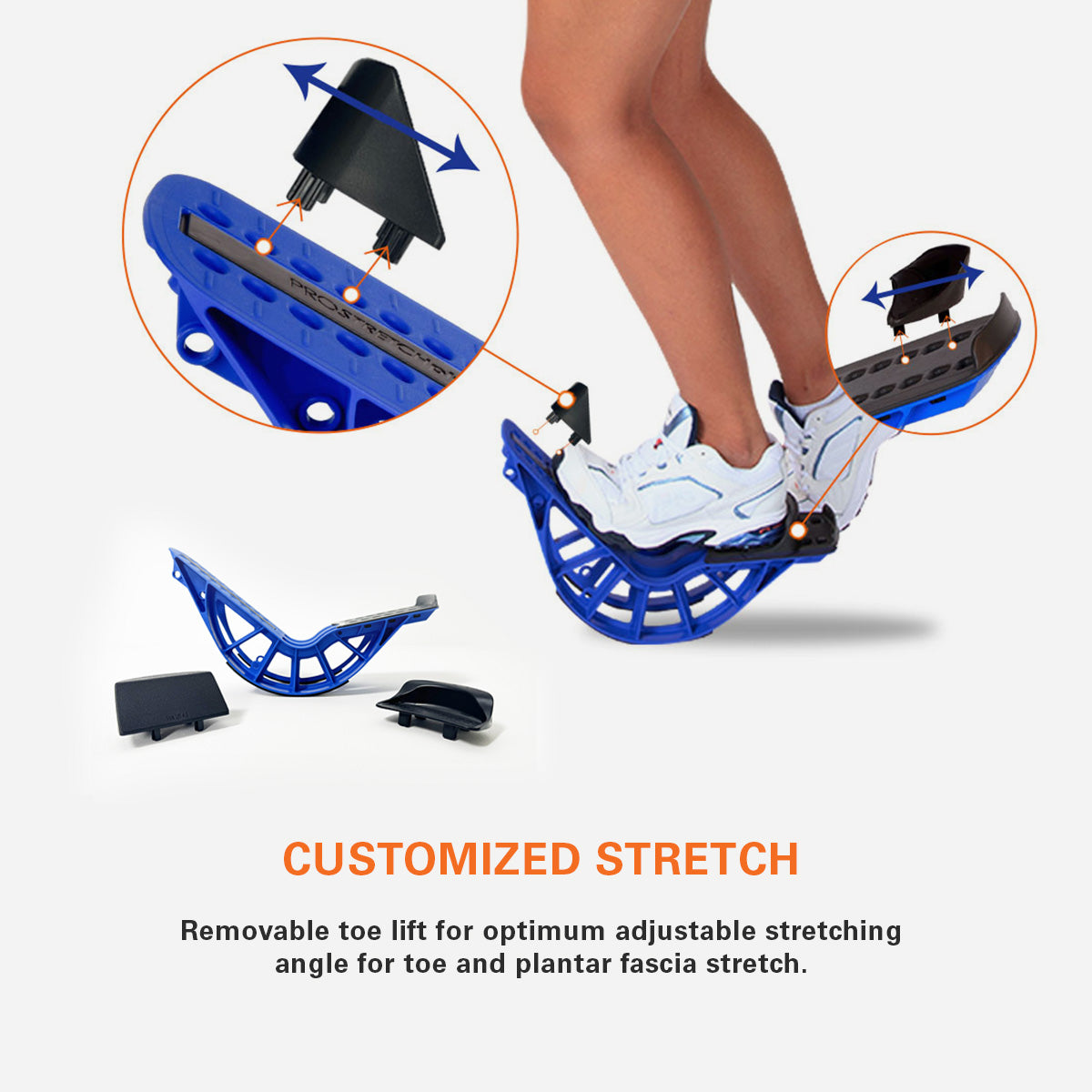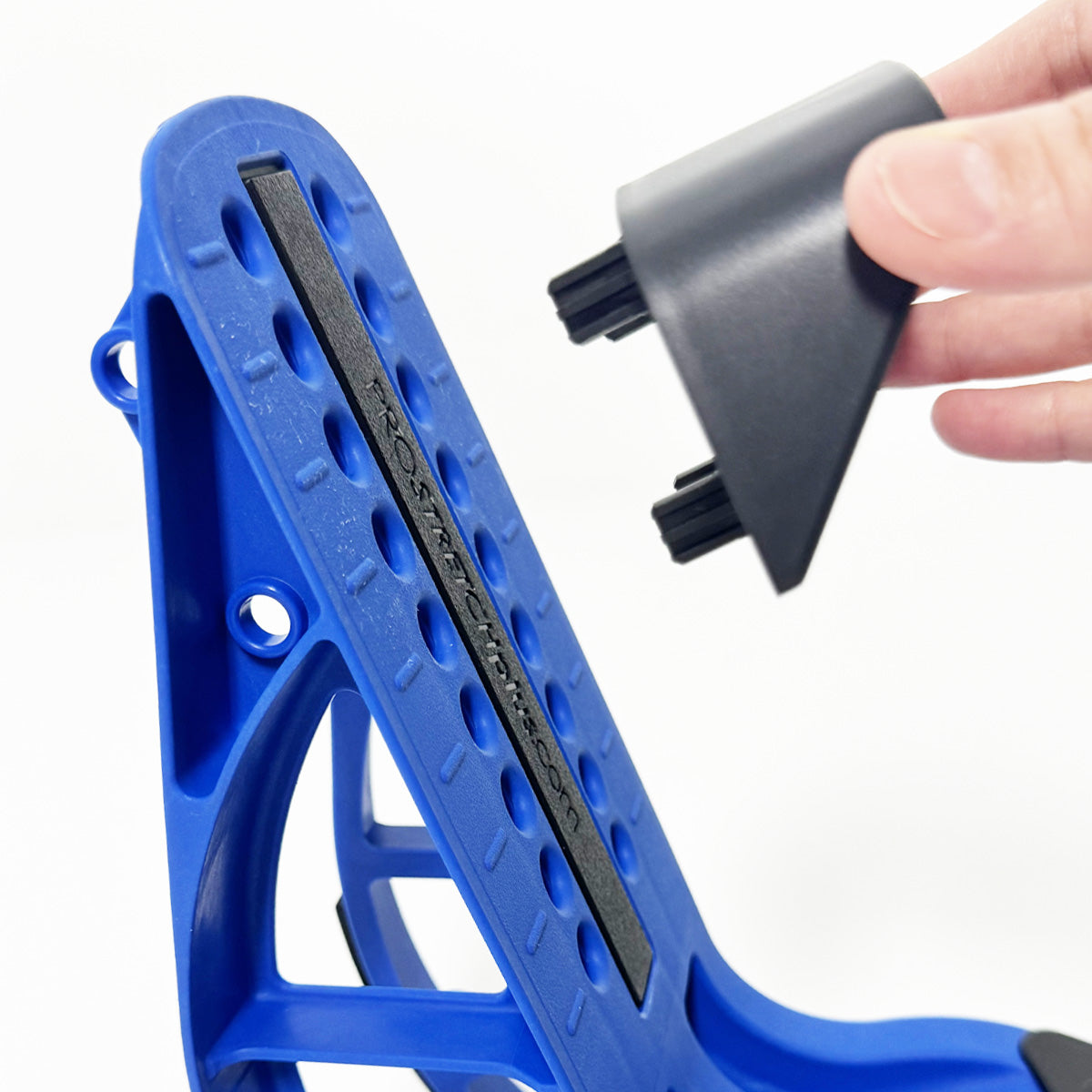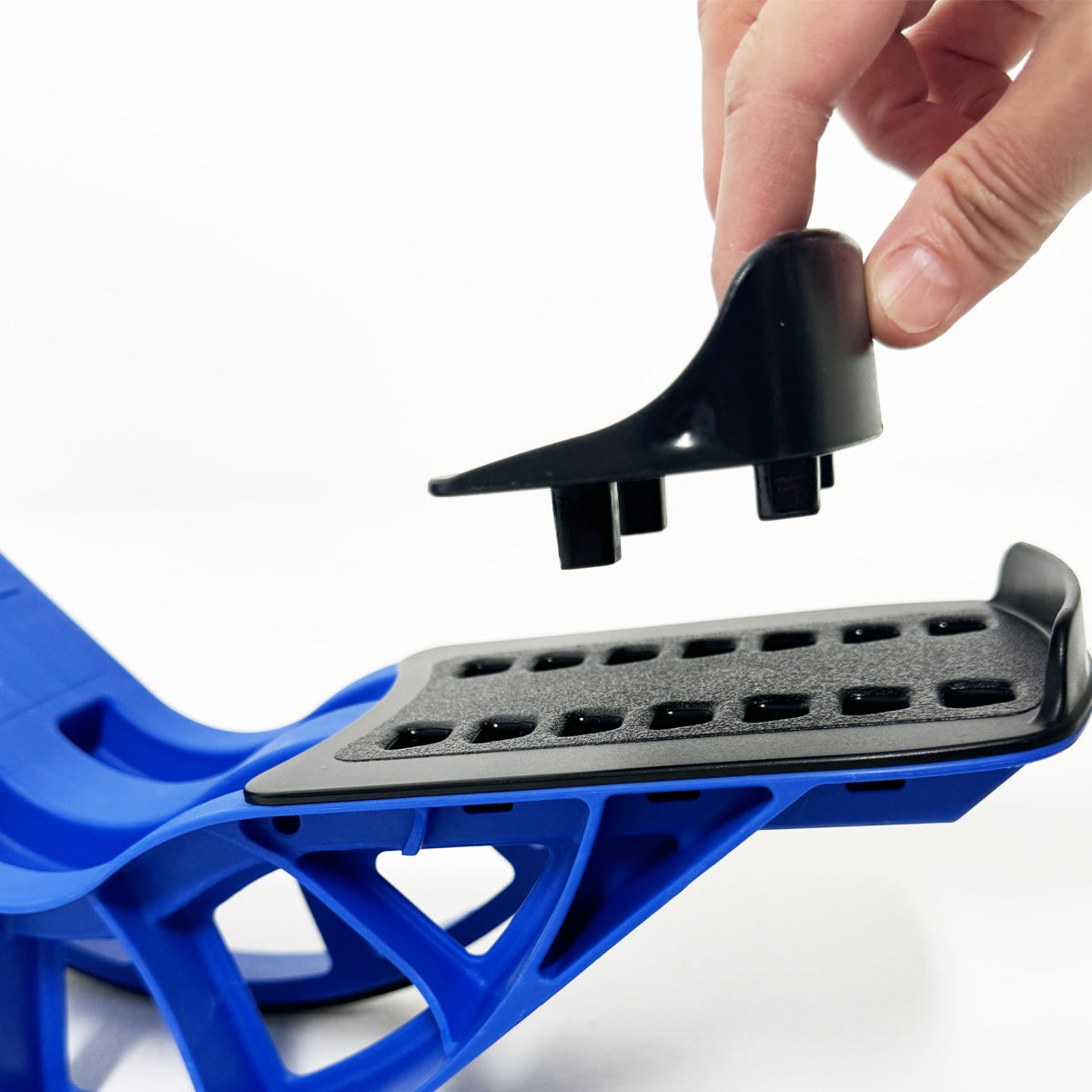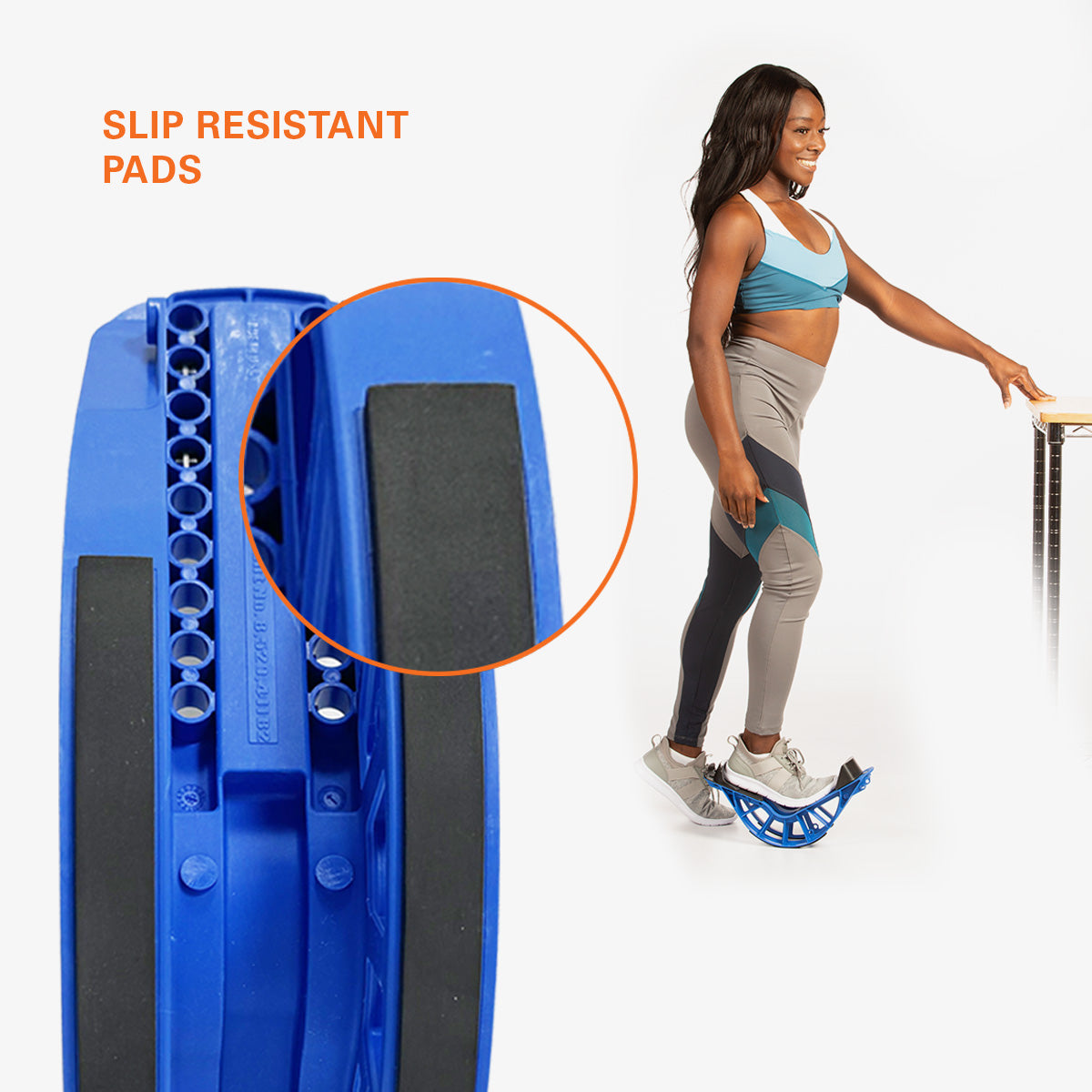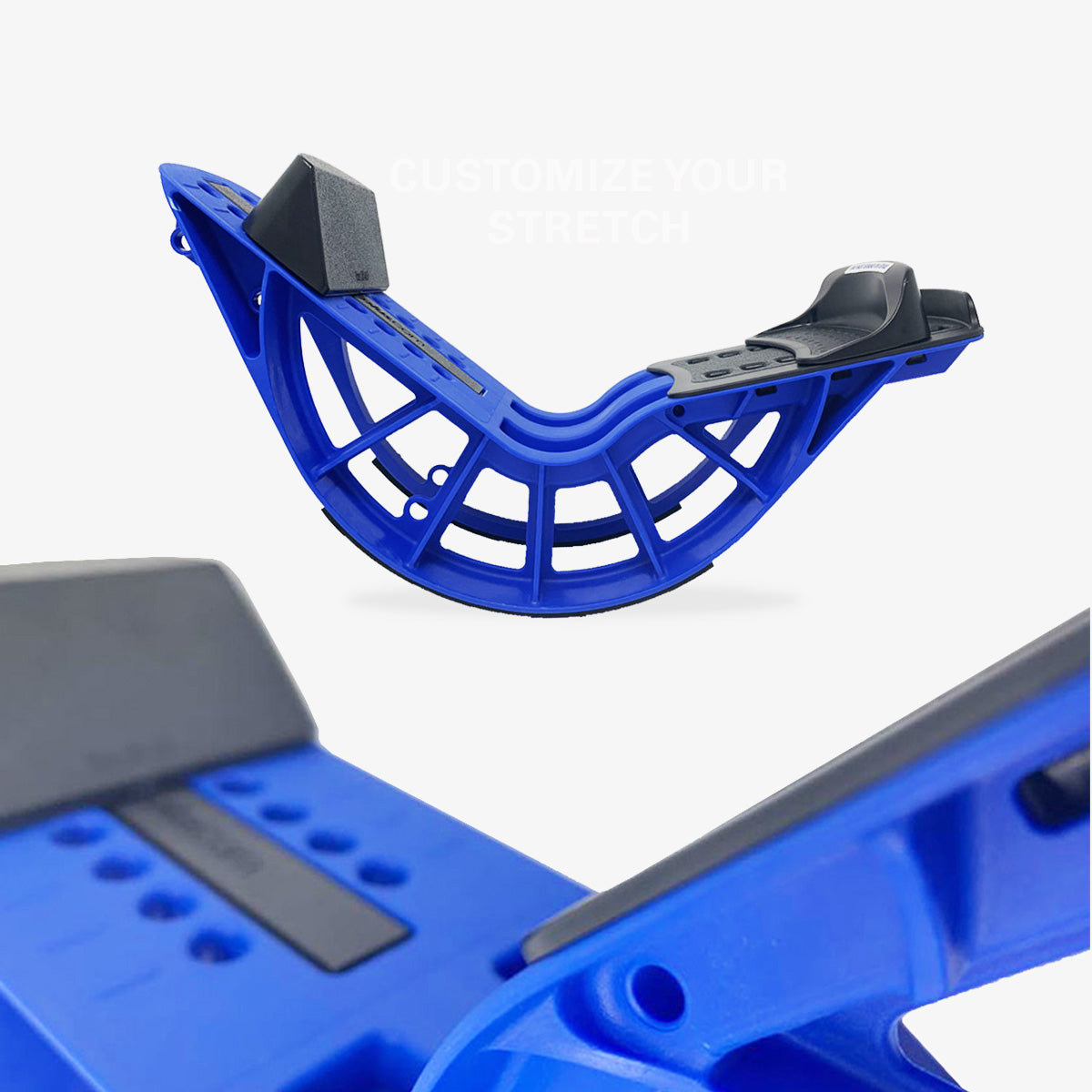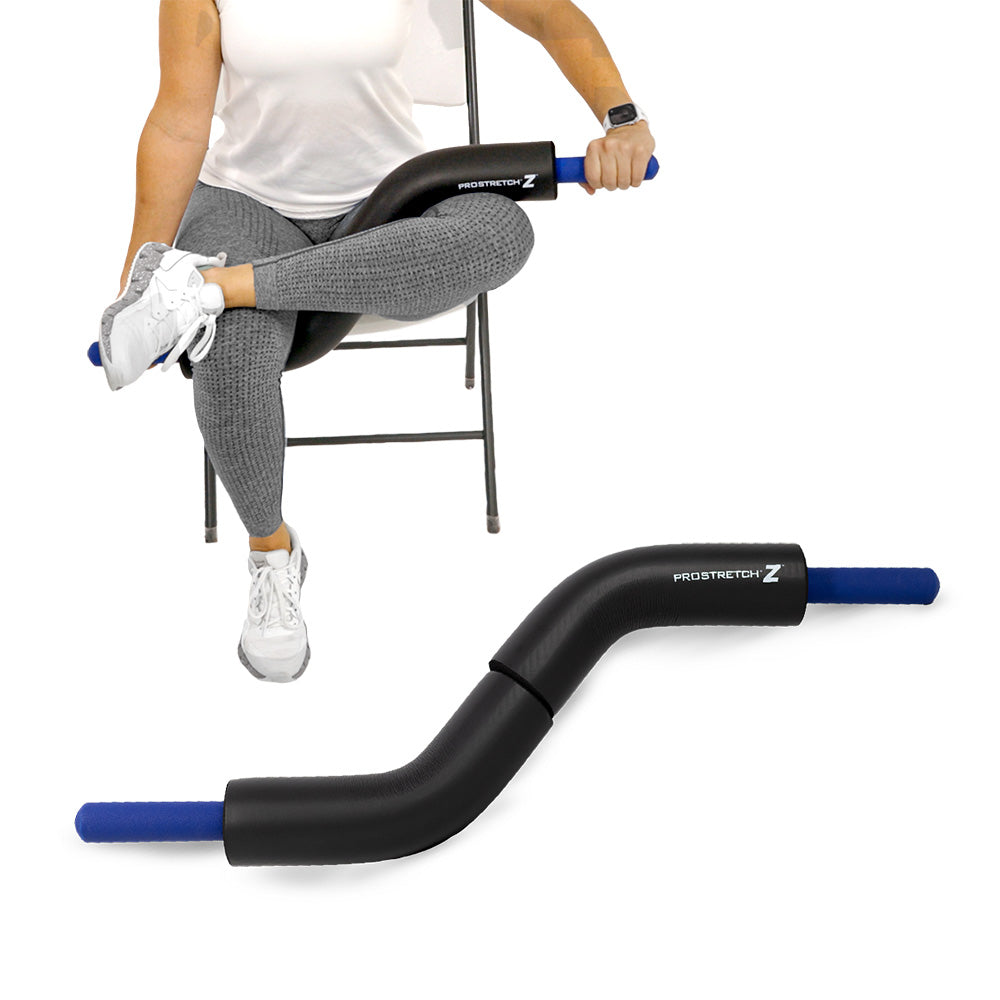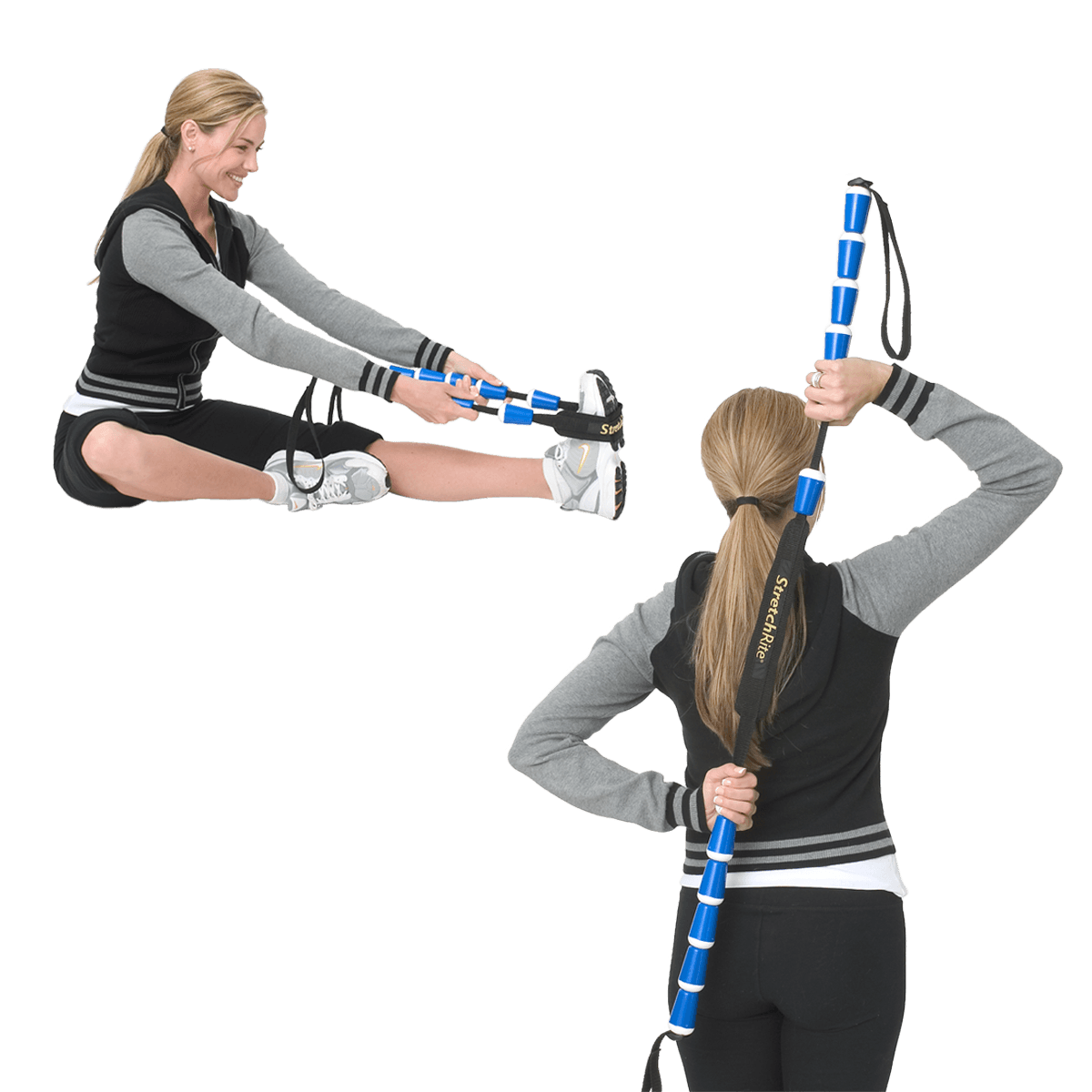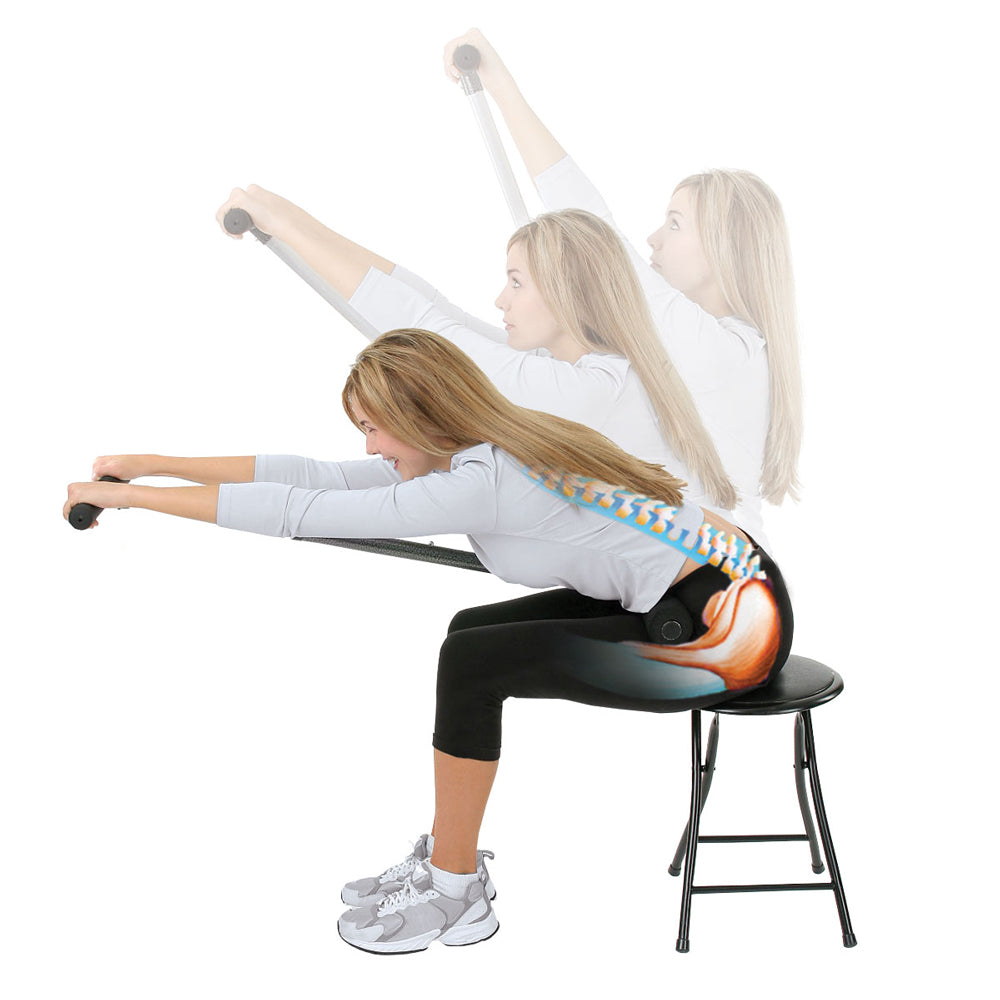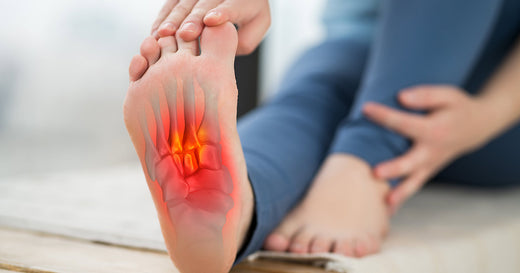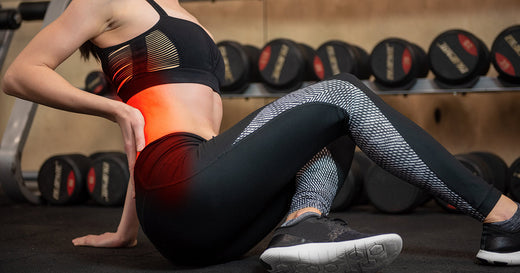Lower leg pain can be common and frustrating for individuals with active lifestyles. Whether you're a professional athlete, a fitness aficionado, or simply someone who enjoys the occassional walking, understanding the causes, symptoms, and effective relief methods for lower leg pain is crucial. In this article, we'll explore common triggers of lower leg pain, how to alleviate it, when to be concerned, and provide five exercises for immediate and long-term relief.
- Common Causes of Lower Leg Pain
- Symptoms of Lower Leg Pain
- Relieving Lower Leg Pain
- Exercises for Lower Leg Pain Relief
Common Causes of Lower Leg Pain
- Overuse or Strain - Engaging in repetitive activities, such as running or intense workouts or exercise routines may result in overuse and strain on the muscles and tendons located in the lower legs.
- Injuries - Sprains, strains, and fractures can occur due to accidents, falls, or sports-related incidents, causing pain and discomfort.
- Poor Footwear - Wearing improper footwear can contribute to lower leg pain by impacting the alignment and support of the feet and legs.
- Imbalances in the muscle - Disruption of the natural biomechanics in the lower legs can occur due to weak or tight muscles, resulting in pain and discomfort.
- Medical Conditions - Conditions like shin splints, tendinitis, or nerve compression can contribute to persistent lower leg pain.
Symptoms of Lower Leg Pain
- Dull or sharp pain in the calves, shins, or ankles.
- Swelling or inflammation.
- Tenderness to touch.
- Having limited range of motion with your leg.
- Difficulties to walk or distributing body weight on the affected leg.
Relieving Lower Leg Pain
- Rest and Ice - Allow the affected leg to rest and apply ice to reduce inflammation.
- Compression and Elevation- Use compression bandages to support the injured area and elevate the leg to minimize swelling.
- Over-the-counter Pain Medications - Aids in the management of pain and inflammation.
- Proper Footwear - Invest in supportive and well-fitted footwear to reduce strain on the lower legs.
- Stretching and Strengthening Exercises - Incorporating specific daily exercises routine to stretch and strengthen the muscles in the lower legs.
Exercises for Lower Leg Pain Relief
Lower leg pain can be a common ailment, often arising from various causes such as overuse, injuries, or muscle imbalances. Lower leg pain exercises may sound a bit too painful, but the truth is that if you do not work out the leg, your condition may get worse. Often, exercises and stretches for lower leg pain are the best tools you have for combating your condition. Complement your rehab with lower-leg pain routines targeting calves and shins
Engaging in targeted exercises can play a pivotal role in relieving lower leg pain and promoting overall leg health. In this article, we will explore a set of exercises designed to alleviate lower leg pain, catering to individuals seeking both immediate relief and long-term benefits.
Calf Stretches:
- Stand facing a wall and place your hands against it.
- Step one foot back, keeping it straight, and bend the front knee.
- Lean forward, to feel muscle stretch in the calf of the extended leg.
- Hold for 15-30 seconds and switch sides.
You can also use a calf stretching tool to stretch more efficiently. We recommend our ProStretch® Plus Adjustable Calf Stretcher. It allows you to customize your stretch by increasing or decreasing the degree of stretch as you become more flexible and stronger.

If using the ProStretch Plus:
- Stand at an arms-length away from something you can hold onto for support, such as the wall.
- Place both of your hands on the wall and put your foot into the ProStretch® Plus in the proper position.
- With all of your weight resting on the foot in the ProStretch® Plus, slowly lean forward so that the other foot comes off the floor slightly.
- Slowly push the heel in the ProStretch® Plus toward the ground to feel the stretch through the calf.
- Hold for 30 seconds, release and hold.
- Repeat 2-3 more times.
Ankle Circles
- Sit or stand comfortably.
- Lift one foot off the ground and rotate the ankle in clockwise and counterclockwise circles.
- Perform 10-15 circles in each direction and switch to the other ankle.
Toe Taps
- Sit on a chair and keep your feet flat on the floor.
- Lift your toes while keeping your heels touching the floor, then tap your toes back down.
- Repeat for 15-20 taps, engaging the muscles in your shins.
Resistance Band Exercises
- Secure a resistance band around a fixed point and loop it around the ball of one foot.
- Sit or lie down, extending the leg with the band, and flex and point your foot against the resistance.
- Perform 15-20 reps, then switch to the other leg.
Calf Raises
- Stand with your feet hip-width apart.
- Lift your heels off the floor.
- Hold for a moment, then lower your heels back down.
- Perform 15-20 reps, gradually increasing as your strength improves.
Towel Calf Stretch
- Sit on the floor. Then, extend your legs.
- Take a towel and loop it around the ball of one foot.
- Gently pull foot towards you with towel. Feel the stretch in your calf.
- Hold it for 15-30 seconds, then switch to the other leg.
Enhance your stretch using a stretching strap. We recommend our non elastic ProStretch® StretchRite®. It allows increase your stretch range of motion in stages and visually monitor your progress.

If using ProStretch StretchRite:
- Sit on the floor, extending your feet out in front of you with the knees locked.
- Wrap the StretchRite® around the ball of the foot and hold on to each handle with your hands.
- With the back up straight, carefully lean backwards, gently pulling on the StretchRite®.
- Hold for 30 seconds, release, and repeat 2-3 more times.
Plantar Fascia Stretch
- Sit with one leg crossed over the other.
- Using one hand, pull your toes back towards you, feeling the stretch along the bottom of your foot.
- Hold for 15-30 seconds and switch to the other foot.
How to Prevent Lower Leg Pain
Knowing how to prevent lower leg pain could be the difference between suffering and living a full life. You can prevent lower leg pain is by wearing the right shoes for the activity you are participating in, wearing arch supports if you need them, and finding shock absorbers such as our Tuli’s® Heavy Duty Heel Cups, to provide you with protection and support.
In addition, you can lessen the impact of your sports, add a strength training routine to your workout, and participate in stretches for lower leg pain before and after exercising.
When to Be Concerned
While many cases of lower leg pain can be managed with self-care, but seek medical attention if:
- Pain is severe and persistent.
- There is a visible deformity or swelling.
- Pain is accompanied by numbness or tingling.
- Previous injuries are not improving.
Conclusion
Maintaining an active lifestyle is rewarding, but it's crucial to address lower leg pain promptly. By understanding the causes, recognizing symptoms, and incorporating the right exercises, individuals can find effective relief and support long-term healing for their lower legs. If your concerns persist, consulting with a healthcare professional is recommended for personalized guidance and treatment.
For more information on how to prevent lower leg pain, contact Medi-Dyne today at 1-800-810-1740 or 1-817-251-8660.
PLEASE NOTE: The information on this website and article is for information only and should not be used as a substitute for consulting your doctor. Consult your doctor for proper diagnosis and rehabilitation





